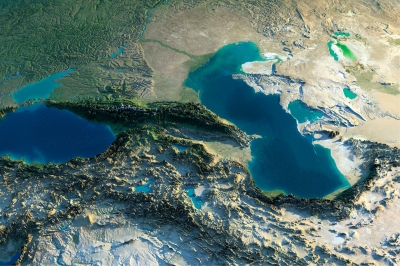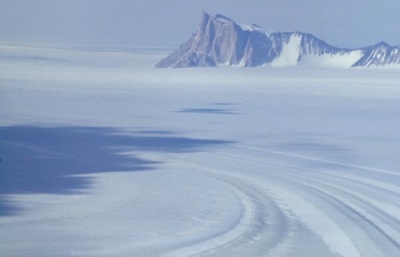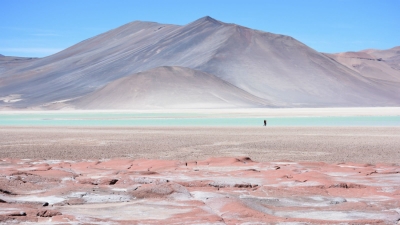
The Caspian Sea is the Earth’s largest inland body of water. It lies at the junction of Europe and Asia, with the Caucasus Mountains to the west and the steppes of Central Asia to the east. It is bordered by Russia to the northwest, Azerbaijan to the west, Iran to the south, Turkmenistan to the southeast and Kazakhstan to the northeast.
“The Caspian Sea is located in a dry region of the world,” Kukral told Live Science. Nevertheless, during harsh winters its entire northern half can freeze.
The Caspian Sea is endorheic, meaning it has no natural outlets. More than 130 rivers flow into the Caspian Sea, according to Natural History Magazine, none of which are in the east. The primary tributary is the Volga River in the north, which provides about 80 percent of the inflowing water. The Ural River, also in the north, and the Kura River in the west, are also significant tributaries. The inflowing fresh water from these rivers dilute the water. Salinity changes from north to south, from 1.0 to 13.5 parts per thousand (ppt), according to Casp Info, a data-management project about the Caspian Sea funded by the European Union. By contrast, the North Atlantic Ocean has a salinity of 37 ppt, according to Encyclopedia Britannica.
The most famous and financially valuable animal in the region is the beluga sturgeon, sometimes called the European or Caspian sturgeon. The world’s largest freshwater fish, the beluga sturgeon is known for its eggs, which are processed into caviar. The majority of the world’s beluga caviar comes from the Caspian Sea. This has caused problems with overfishing. Dams have also destroyed much of their spawning grounds, and pesticides used in land agriculture have limited their fertility. The beluga sturgeon is now critically endangered, according to the World Wildlife Fund.
Picture Credit : Google





